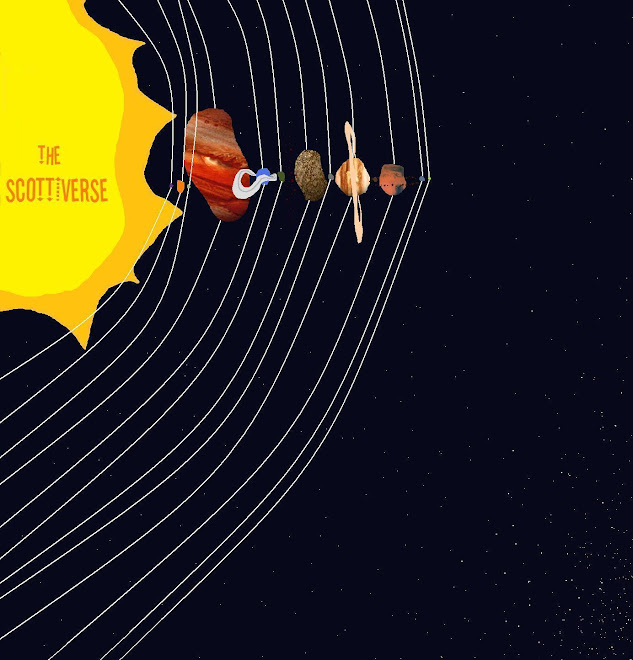I've been thinking a lot lately about different definitions of art and a good one struck me this morning while I was listening to my new Grizzly Bear CD. So here goes:
Art is an expression for expression's sake.
Under this definition yelling at someone in a traffic jam would be an expression, but for the purpose of changing another person's behavior, and therefore not art. A song about the frustration of traffic jams (such as James Taylor's "Traffic Jam") would be art because it is an expression for no other reason than to express.
There are many things that have artistic and didactic elements, such as a well-illustrated children's book that teaches how to care for a pet or an eloquently worded political speech.
Which brings me to thought #2
I used to have a problem with art that requires an explanation. My thought was "If you can sum up the meaning of a piece in words, then why does it exist in the first place?!" This view has led to several passionate debates with my siblings.
Well, I have changed my tune. I now would like to submit that there are two models to which an artist can ascribe. In the cases where an explanation is required to fully appreciate a work, essentially the artist is presenting the work itself along with its explanation, for one cannot exist without the other.
The other model, which I find myself partial to, is when an artist presents nothing but the work itself. Extreme adherence to this model would mean that artists offer no further explanation and those who get pleasure from interpreting and writing about such works would be missing the mark. Such an artist would respond to questions about the "meaning" of the piece by simply saying "It means what it is" and leaving it at that. After all, if it could be expressed in another way, there would be no reason to make it in the first place.
Subscribe to:
Post Comments (Atom)

No comments:
Post a Comment